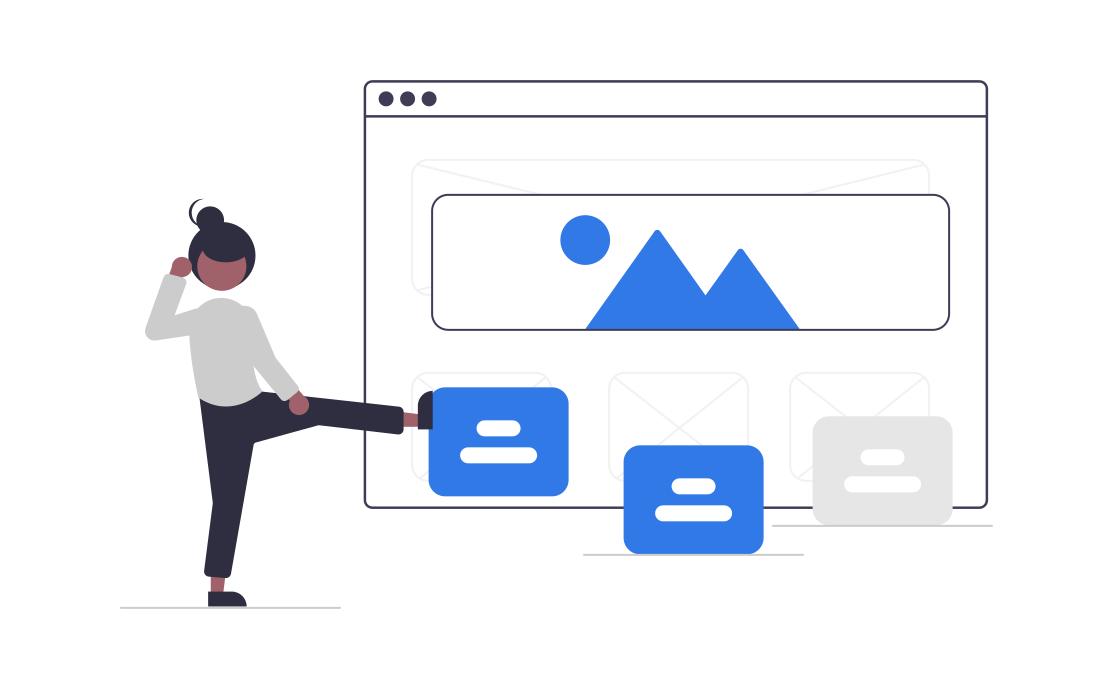Web accessibility and inclusive design are important concepts in the field of web development that ensure that everyone, regardless of ability, can access and use websites and web applications.
Web accessibility refers to the practice of making websites and web applications usable by people with disabilities, such as those who are blind or visually impaired, deaf or hard of hearing, mobility impaired, or cognitively impaired. This includes designing and developing web content that is perceivable, operable, understandable, and robust (referred to as the POUR principle).
Perceivable web content is content that can be seen or heard by people with disabilities. This includes providing text alternatives for non-text content, such as images and videos, and using colors and contrast that are visible to people with visual impairments.
Operable web content is content that can be interacted with by people with disabilities. This includes providing keyboard-only navigation for people who cannot use a mouse, and providing clear and consistent navigation and organization for people with cognitive impairments.
Understandable web content is content that can be understood by people with disabilities. This includes using simple and clear language, and providing clear instructions and labels for form fields and buttons.
Robust web content is content that can be interpreted by a variety of different technologies, including assistive technologies like screen readers. This includes using proper code structure and semantic elements, and providing textual alternatives for non-text content.
Inclusive design, on the other hand, is a design approach that accounts for the diversity of users and their needs, abilities and context. It aim to build product or service which can accomodate the most diverse set of people possible. This approach ensures that the design meets the needs of the widest possible range of users, including people with disabilities, but also people with different cultural backgrounds, ages, and levels of education.
Creating an accessible website or web application is not only a legal requirement in many countries but also a moral imperative as it enables equal access and opportunity to information and services.
Inclusive design practices are often used in the design and development of web projects, to ensure that they are accessible to as many people as possible. This includes:
- Conducting user research and testing with a diverse group of users, including people with disabilities
- Creating personas and scenarios that represent a diverse range of users
- Designing for flexibility and adaptability, so that the website or application can be customized to meet the needs of different users
- Incorporating accessibility guidelines and best practices into the design and development process
Adopting web accessibility and inclusive design principles can also have many additional benefits, such as improved user experience, increased traffic, and better search engine optimization.
There are many tools and resources available to help developers create accessible and inclusive web content. The World Wide Web Consortium (W3C) has created the Web Content Accessibility Guidelines (WCAG) which provide a set of guidelines and standards for creating accessible web content. These guidelines include requirements for text alternatives, keyboard accessibility, and consistent navigation, among others. Additionally, the W3C has developed the Accessible Rich Internet Applications (ARIA) standard which allows developers to add semantic information to web content, making it more easily interpreted by assistive technologies.
Conclusion
In conclusion, web accessibility and inclusive design are essential for ensuring that everyone, regardless of ability, can access and use websites and web applications. It’s not only a legal requirement in many countries but also a moral imperative to create accessible and inclusive digital products and services. By following best practices and guidelines, and using tools and resources that are available, developers can create web content that is usable and accessible to people with disabilities, and that is inclusive of a wide range of users.

